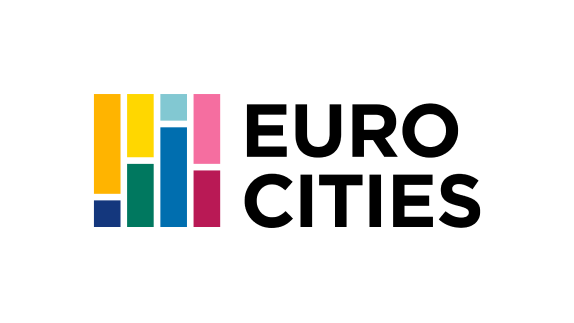Dortmund: former city of steel opens its arms to migrants (18/10/2021)
With just over 602,000 inhabitants, Dortmund is the largest city in the Ruhr Valley and Germany’s eighth-largest metropolis. Its prime location and history as a significant industrial centre have made it a migration hub for decades. It’s not new that Dortmund receives migrants from all parts of Europe and even the world, all in search of employment and better opportunities.
In just over 30 years – between 1875 and 1905 – the city experienced a demographic boom. It grew from 57,000 inhabitants to almost 380,000, with new residents attracted by the steel and coal industries of the then Kingdom of Prussia.
After World War II, the city has continued to expand. It has invested in high-tech industries, such as biomedical technology and services, and it’s now an important sport and culture hub as well as the home of Borussia Dortmund, one of Germany’s most successful clubs.
However, Dortmund continues to contend with immigration challenges and does its best to promote migrants’ integration.



Deixe um comentário